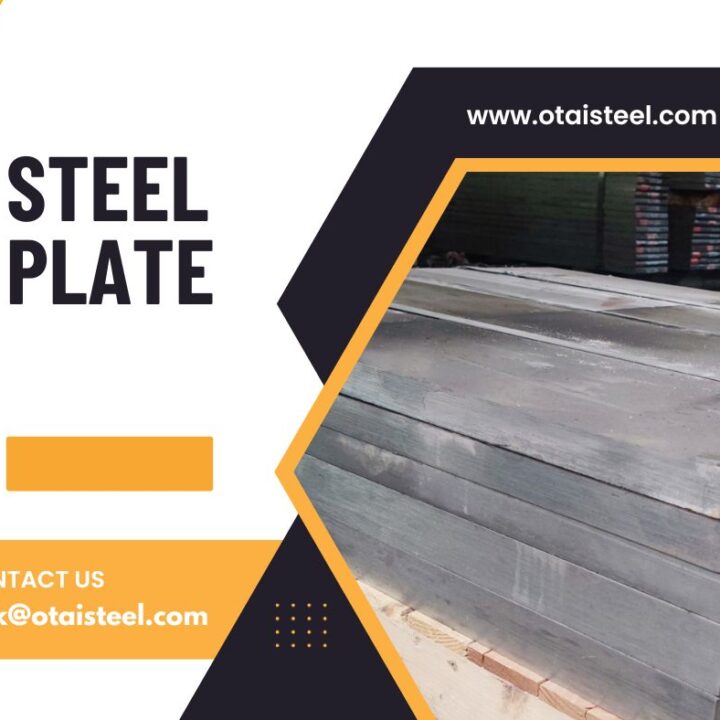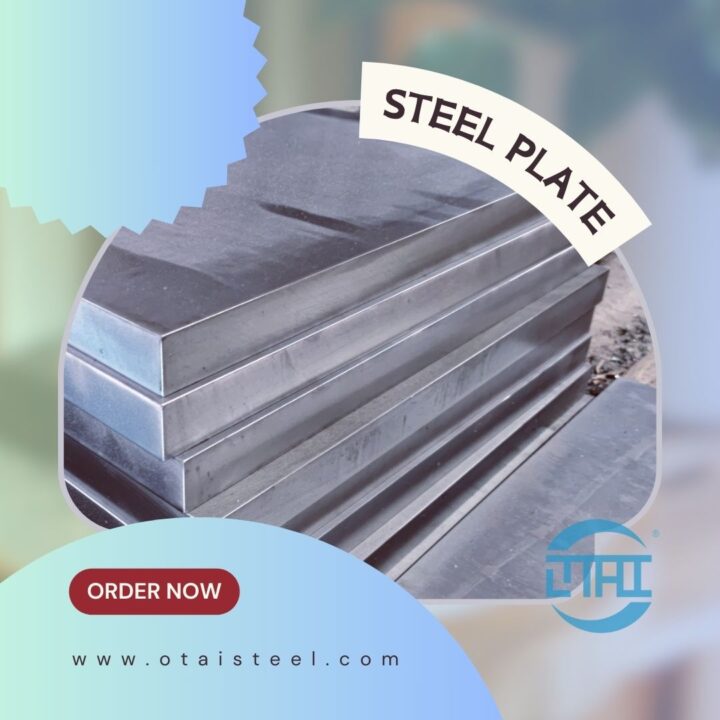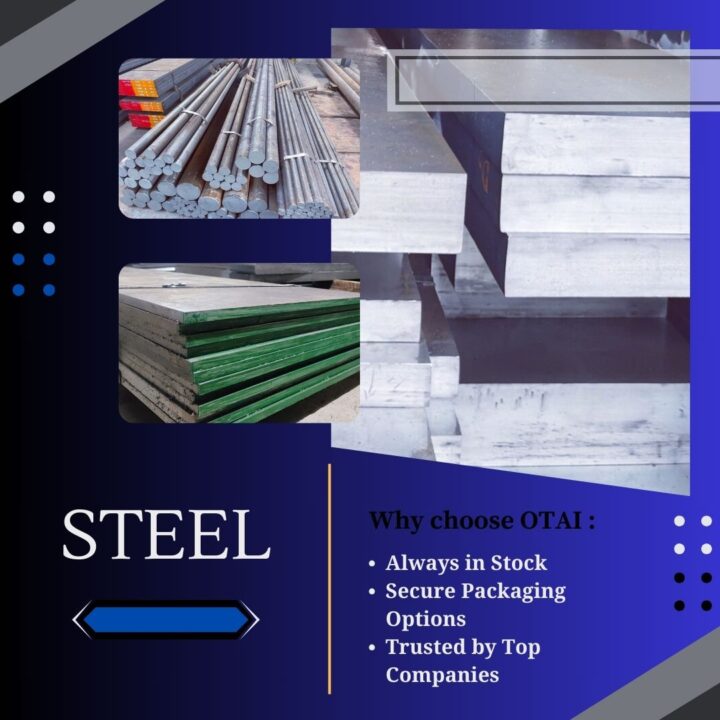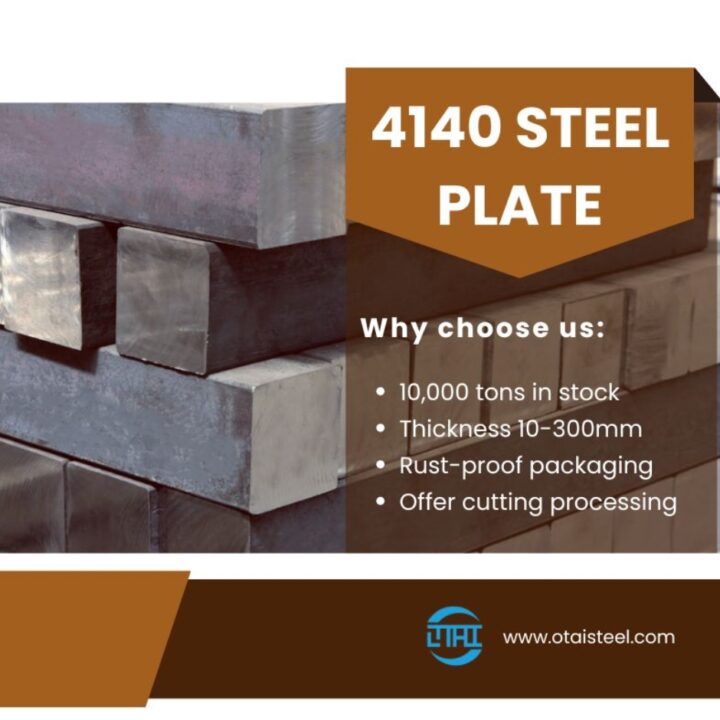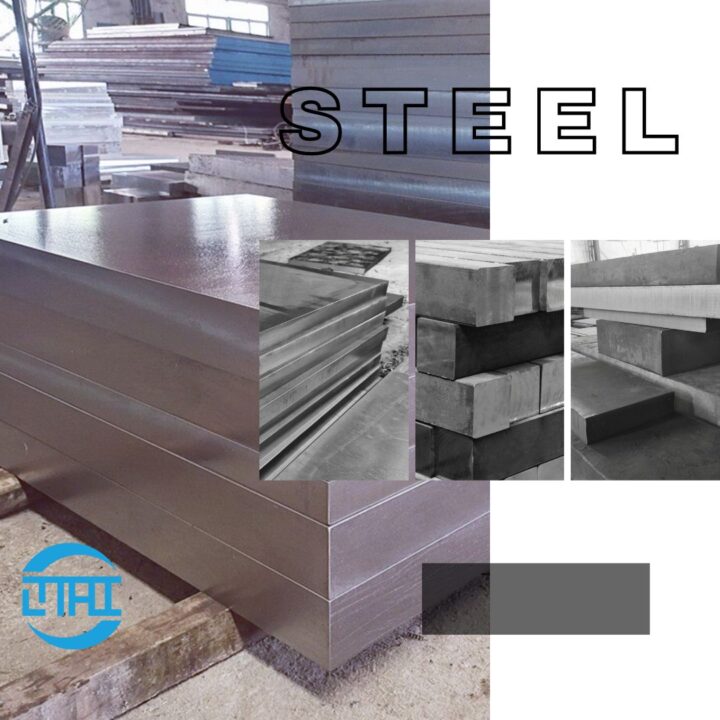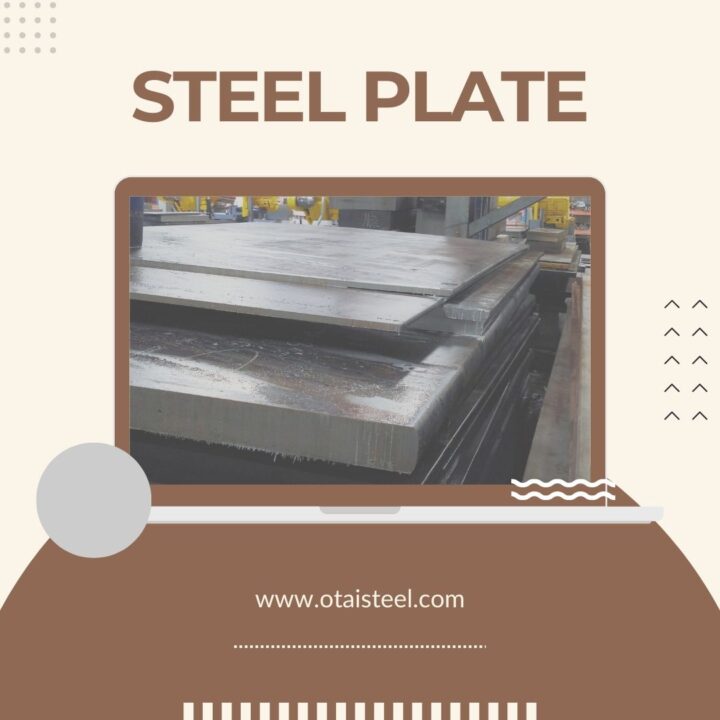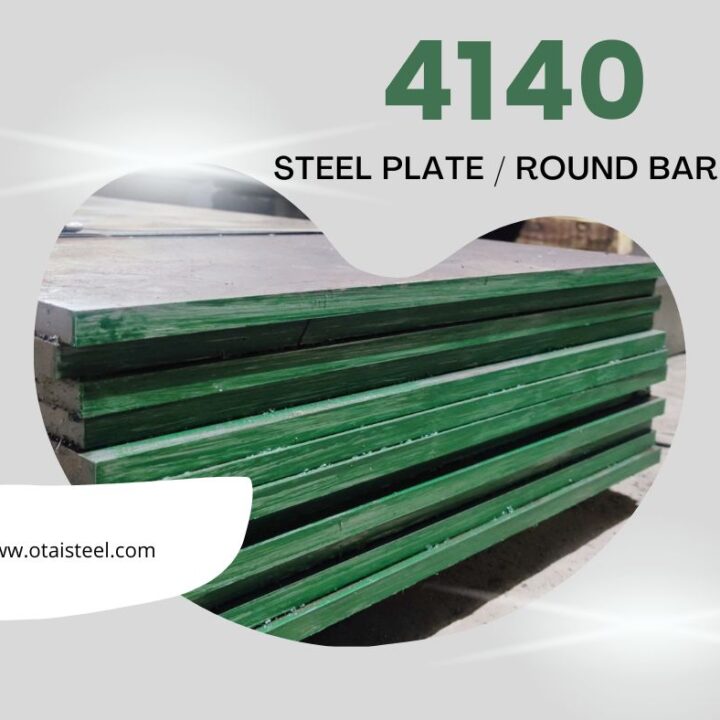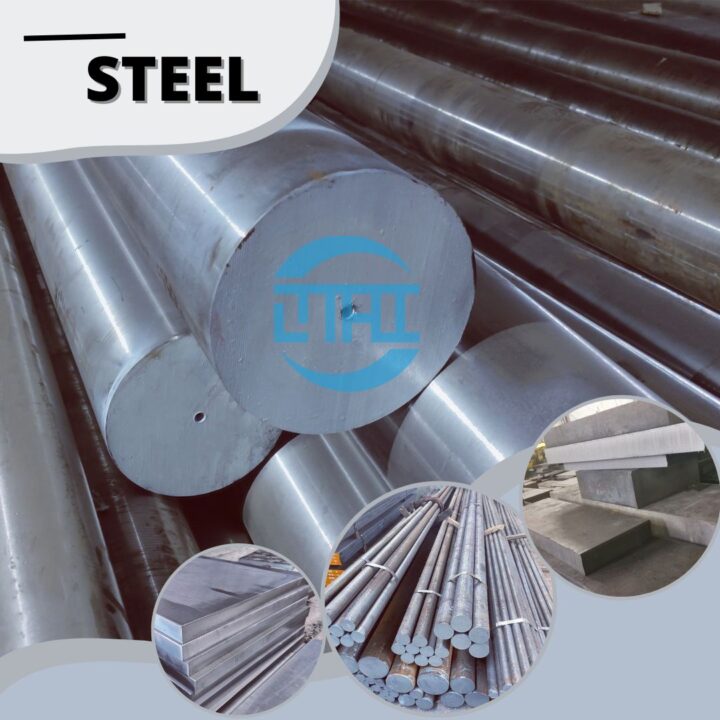H13 STEEL APPLICATION IN LIFE-Chapter 13
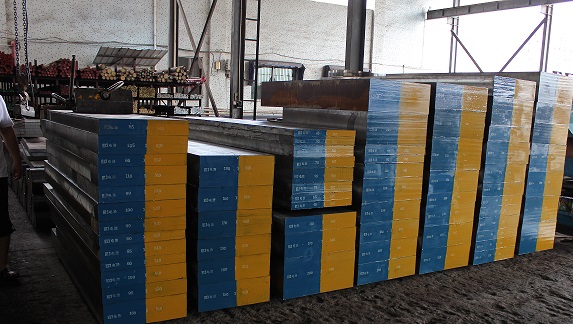
After FSLW experiments for H13 steel , samples were taken for tensile-shear testing and for metallography. Tensile-shear test samples and supporting pieces were 16 mm wide. Details of gripping a sample for testing, which is commonly used for testing lap joints, have been explained [11]. Samples were tested at a constant crosshead displacement rate of 3 mm/min using a 50 kN Tinus Olsen tensile machine. The strength of a lap sample cannot be expressed using the normal load/area expression, as the stress distribution along the joint area is highly uneven. Instead, maximum load in a test divided by the sample width, Fm/ws, is taken as joint strength. For microstructure observation using optical microscope and SEM, the welds were cross-sectioned, mounted and polished following the normal metallographic procedure.
Advanced Characterization Techniques for Nanostructures
Jiménez et al. recently investigated a plasma-assisted physical vapour deposition technique to grow (TiAl)N films on H13 tool steel14. This tool steel is commonly used as a forming dye material at temperatures up to 600°C. Above this temperature the surface oxidizes and spalls quickly. In order to enable this tool material to be used at higher temperatures, a protective surface coating is needed. Thermal treatment of the H13 tool steel with and without (TiAl)N coatings were investigated with an AFM used in non-contact mode. Uncoated substrates showed appreciable increase in surface roughness due to oxidation at temperatures above 600°C whereas coated samples retained similar surface profiles after temperature treatments up to 1000°C (see Figure 3.4). X-ray diffraction (XRD) measurements were used to confirm and correlate these topographical measurements with the surface reactions. Extensions of the AFM, force modulation microscopy (FMM) and phase detection microscopy (PDM) were also used to image the surface. In FMM mode the tip is scanned in contact with the sample while a displacement sinusoid of a few kilohertz is applied to the tip or sample. The applied amplitude signal is modulated according to the elastic properties of the sample. FMM can therefore be used to image hard and soft regions at the same time as topological information is recorded. PDM is used when the AFM is operated in intermittent contact mode. PDM refers to the monitoring of the phase lag between an applied signal driving cantilever oscillation and the cantilever oscillation output signal. Changes in the phase lag reflect changes in the mechanical properties of the sample surface.
Tanaka et al. investigated the effect of toner particle morphology on toner fluidity and adhesion strength using an AFM15. Particle fluidity and interactions are influenced by surface structure size and morphology as well as the particle size and morphology. A fractal dimension was used to quantify the particle surface shape, which was related to its flow properties, and particle adhesion forces, which were measured with an AFM. The fractal dimensions were directly scaled from the nanostructure on the toner particle surfaces. A toner particle of approximately 5.5 μm diameter was attached to the AFM tip (see Figure 3.5), which was then held close to compacted toner powder (with a pressure of 54.9 MPa). The force to move the tip/particle away from the surface was recorded. Toner particles were nanotextured to various degrees by mixing with fine SiO2 particles (mean diameter of 20 nm) which adhered to the toner particles. As the fractal dimension increased, the shearing and adhesion force between particles was also seen to increase.
Matějka et al. examined the wear characteristics of SiC-reinforced iron-phenolic based brake disks using an AFM16. Abrasives, such as SiC, are added to brake disk composites in order to increase the friction coefficient and stabilize it at higher temperatures. At temperatures above 250°C an enhanced pull-out of SiC was noted from the AFM results. The AFM results also showed that these particles could help maintain the friction coefficient at higher temperature due to their abrasion of the disk surface. A potential drawback of quicker abrasion of the contact surface was also reported. An optimum of approximately 3.4% SiC addition was determined from this work.
